I'm Seriously Considering Putting Two Drivers In My Bag And You Should Too
Are we asking too much of one club and is there a better way?
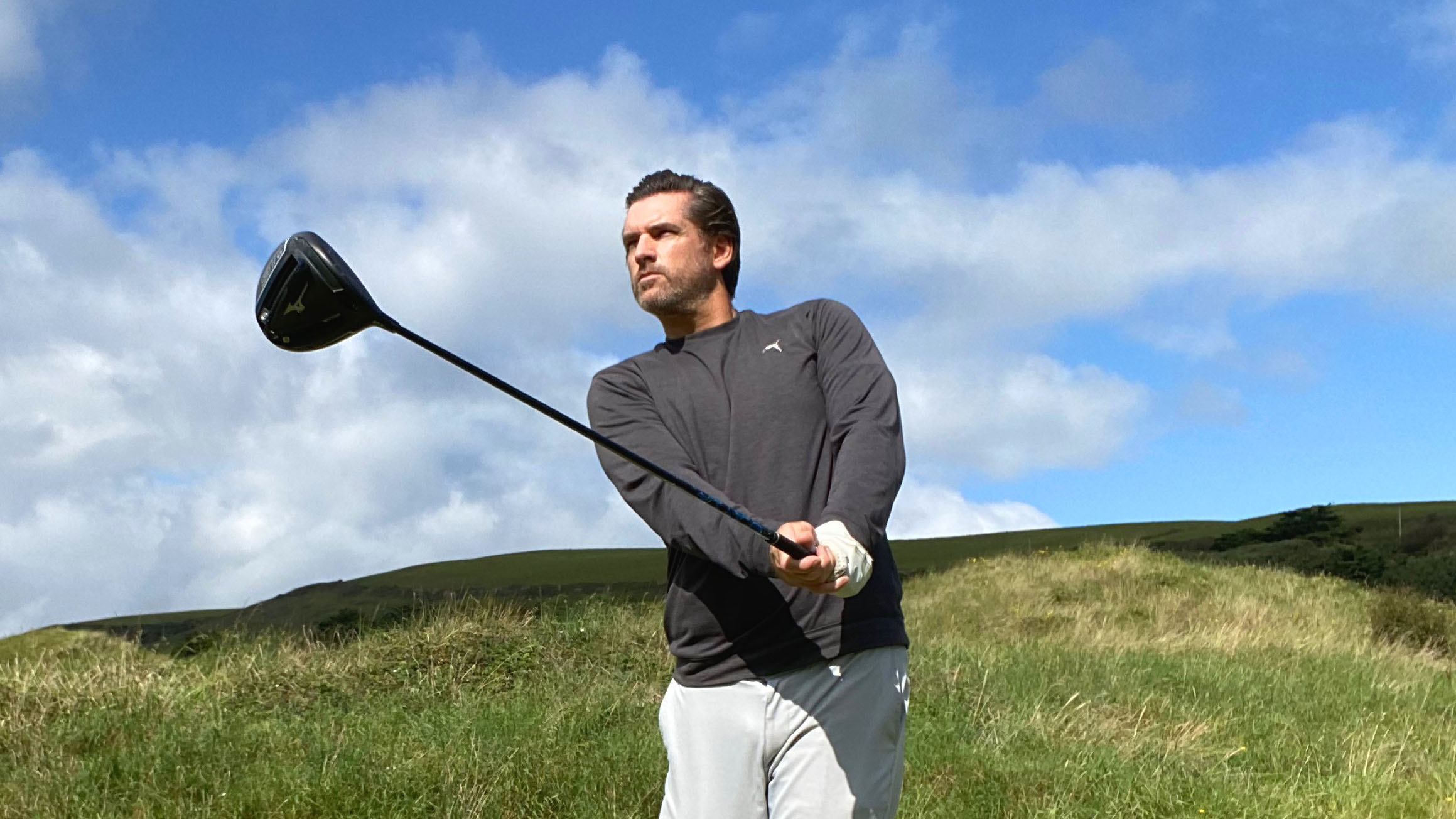

All too often as humans, we look around at others for guidance about how we should do certain things and suppress our own imagination, which can sometimes be limiting. Take for example the golf bag. The standard set make-up we are familiar with is generally comprised of a driver, fairway woods, maybe a hybrid or utility iron, iron set, wedges and a putter right?
Well, while playing a recent round, it struck me that maybe we are getting things wrong.
To give you the context, one of my playing partners that day was a very competent 3 handicap golfer. We were chatting freely on most tees and he would describe the shot he was about to attempt which generally varied between a high teed up draw shot or a “squeezy fade” from a lower tee depending on what the hole demanded or even what suited his eye. Now whilst he played extremely well that day, one or two loose tee shots got me thinking. Was he asking a little too much of his driver to produce two very opposing shot types on demand?
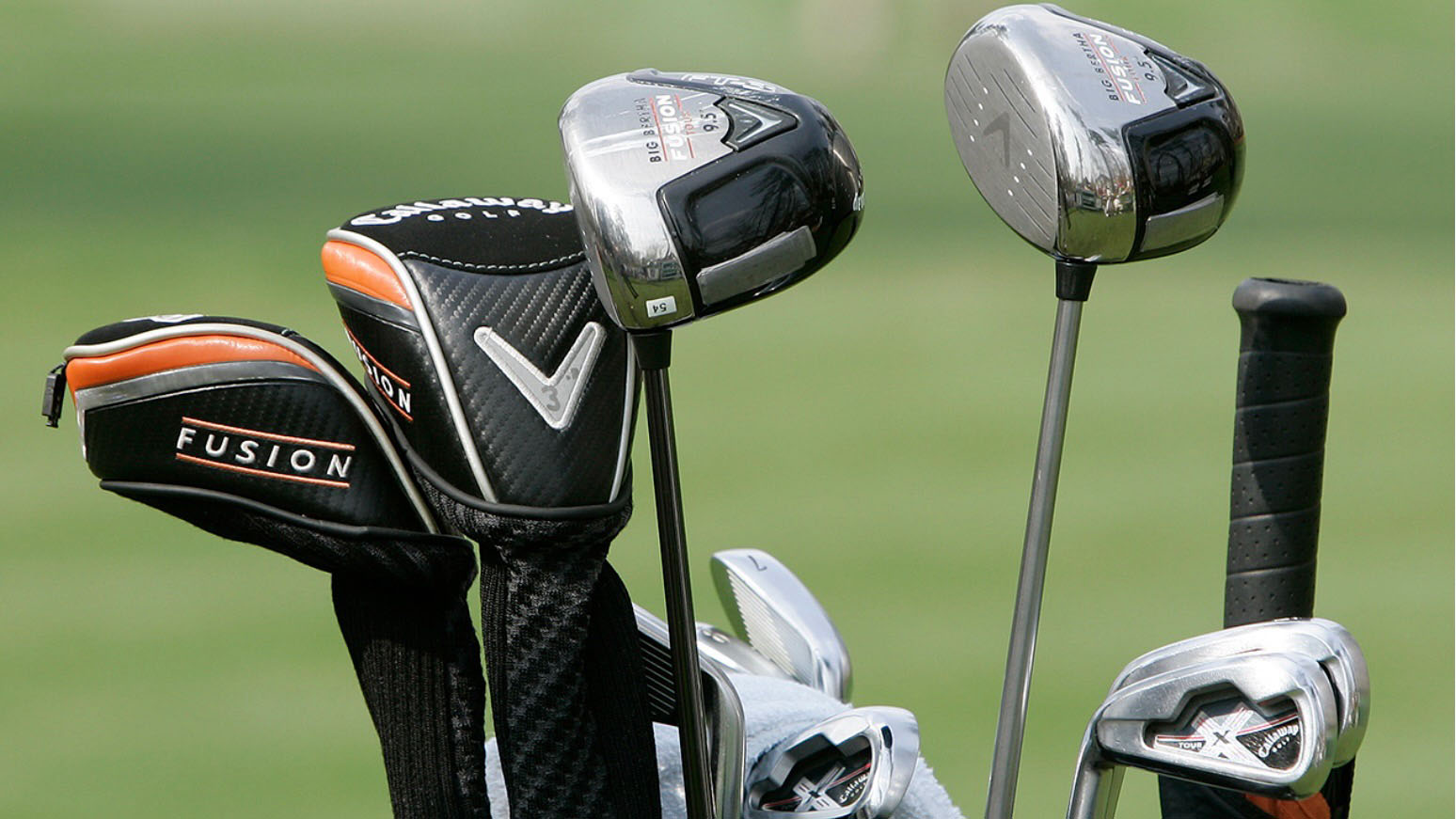
Phil Mickelson with two drivers in the bag in 2006
Now, the player in question had been custom fit for his driver, and as a former fitter myself, I know that parameters such as loft, CG location, face angle and even shaft type can be used to create certain bias’ within the driver to promote or mitigate certain shot shapes like the best drivers for slicers. However, I have never heard of even one the best drivers that could be tweaked to comfortably allow both draws and fades at will. Such a task requires an awful lot of skill and practice from the player.
Whilst the old adage “drive for show and putt for dough” still gets bandied around, it is actually the top 25 drivers of the golf ball that earned significantly more money than the top 25 putters on the PGA Tour last season.
This got me thinking, with driving being such an important part of the game, are we allowing ourselves enough versatility with just one tool for such a vital job?
I am far from the first person to have thought of this concept, notorious free thinker Phil Mickelson has actually won a major with one driver, two drivers and even without a driver in his bag altogether!
Get the Golf Monthly Newsletter
Subscribe to the Golf Monthly newsletter to stay up to date with all the latest tour news, equipment news, reviews, head-to-heads and buyer’s guides from our team of experienced experts.
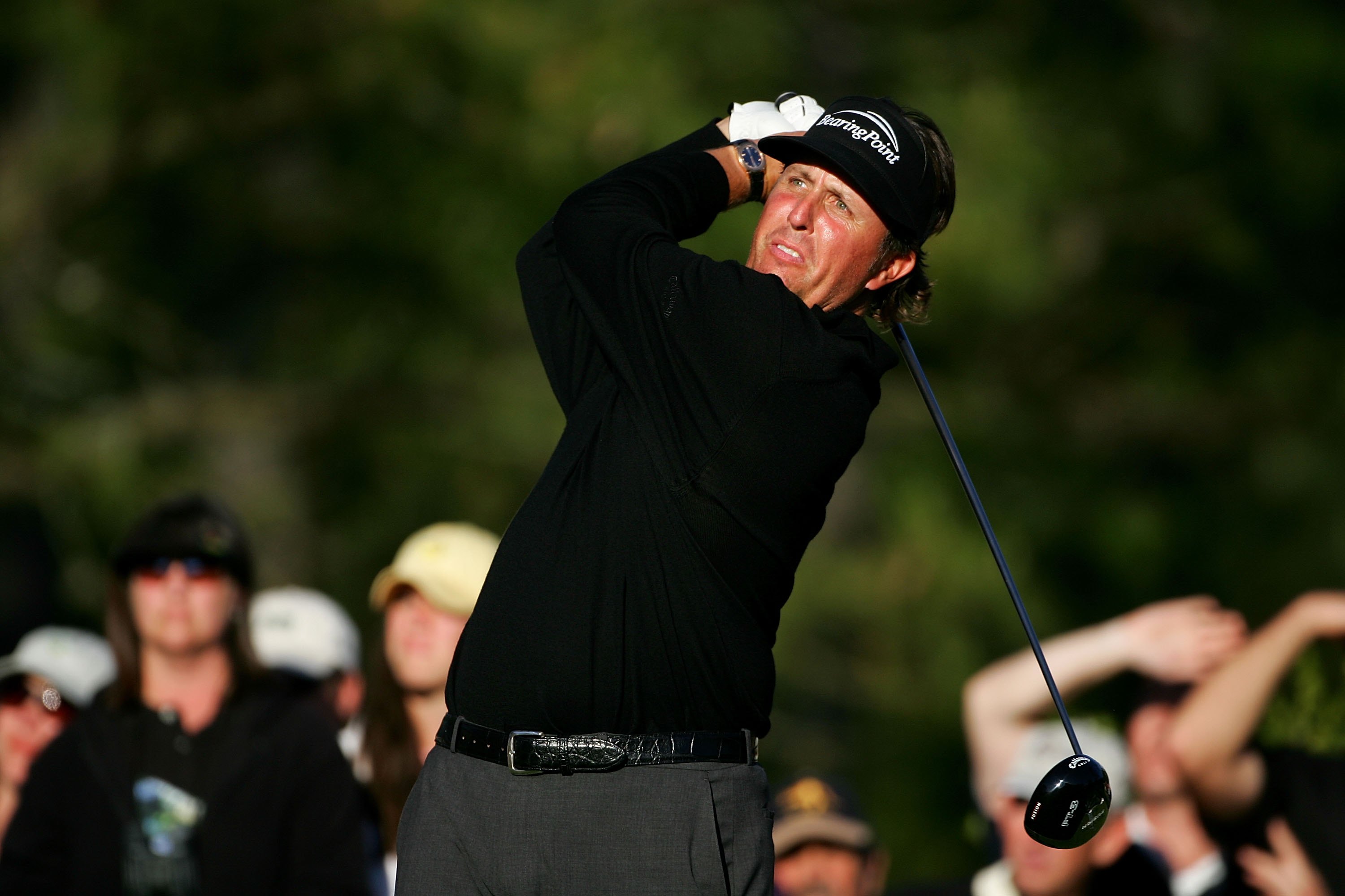
Phil Mickelson using one of his two drivers en route to victory at the 2006 Masters
Mickelson successfully tackled the links of Muirfield in 2013, winning the Open Championship with just a strong lofted three wood, a strategy implemented due in part to the placement of the bunkers at Muirfield and also the fact that he wanted to include a 64 degree wedge within his 14 club allowance that week.
On the opposite end of the scale, in his 2006 Masters triumph, Mickelson took on Augusta National with not one, but two drivers in the bag. Due to the premium on tee shots and the severe dog legs on a number of holes, Mickelson had one of his two drivers set up shorter in length, with a fade bias internal weighting, specifically for holes like the par 5 13th. His other driver was an inch longer with a CG location and face angle heavily favoring a draw shot for holes such as 11 and 18.
My point being here, that if one of the most skillful players in the history of the game needs to appoint two drivers to facilitate two shot shapes, surely even a very skillful 3 handicap player is demanding too much of one club to produce this?
To balance this argument, some would question the benefit of even attempting multiple shot shapes with the driver. Many of the most successful drivers of all time have been almost entirely one dimensional with the driver. Rory McIlroy for example rarely strays from his reliable draw shape, whereas players like Jon Rahm, Brooks Koepka, Colin Montgomerie and Dustin Johnson almost exclusively rely on a fade shot with their drivers.
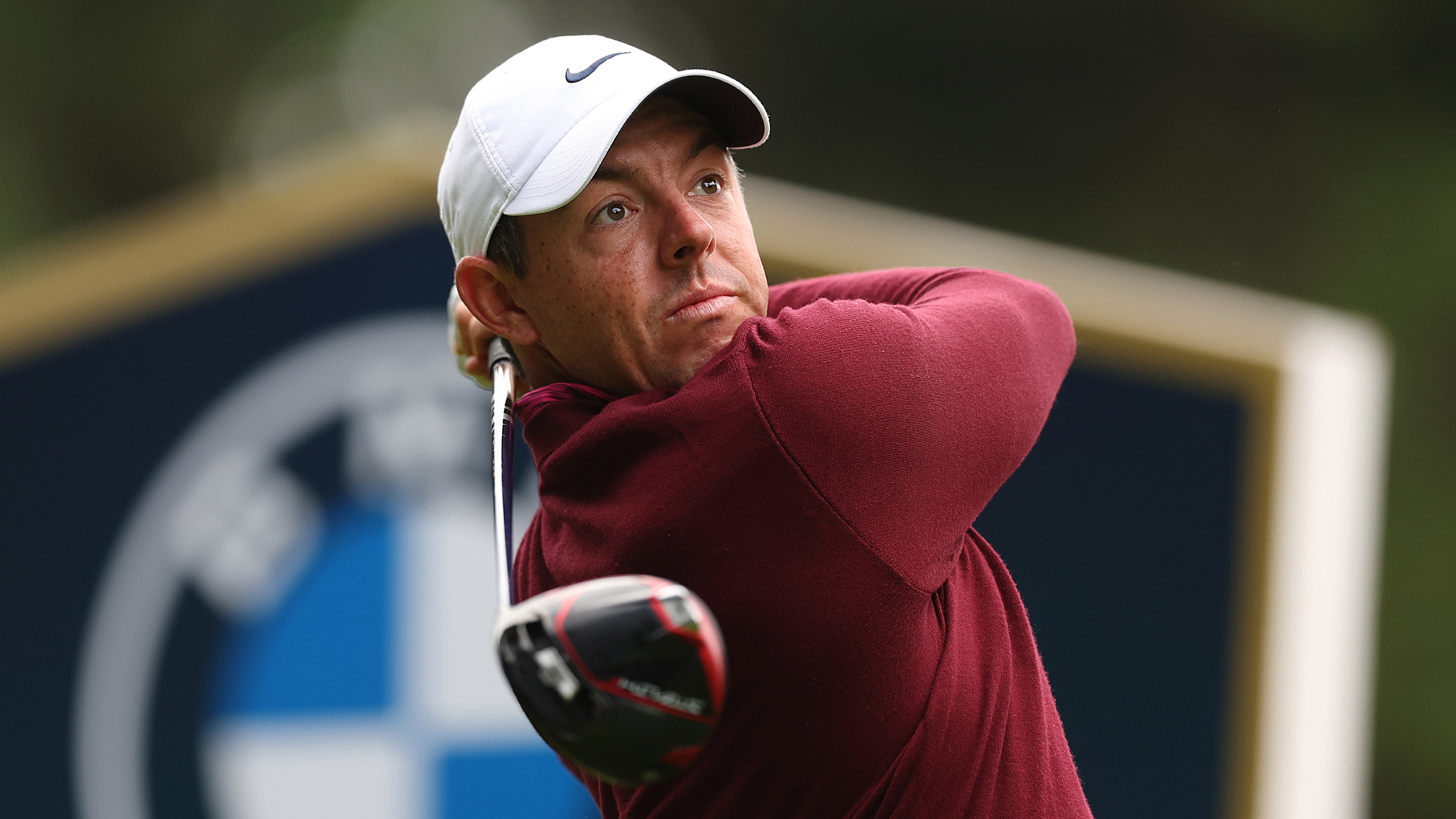
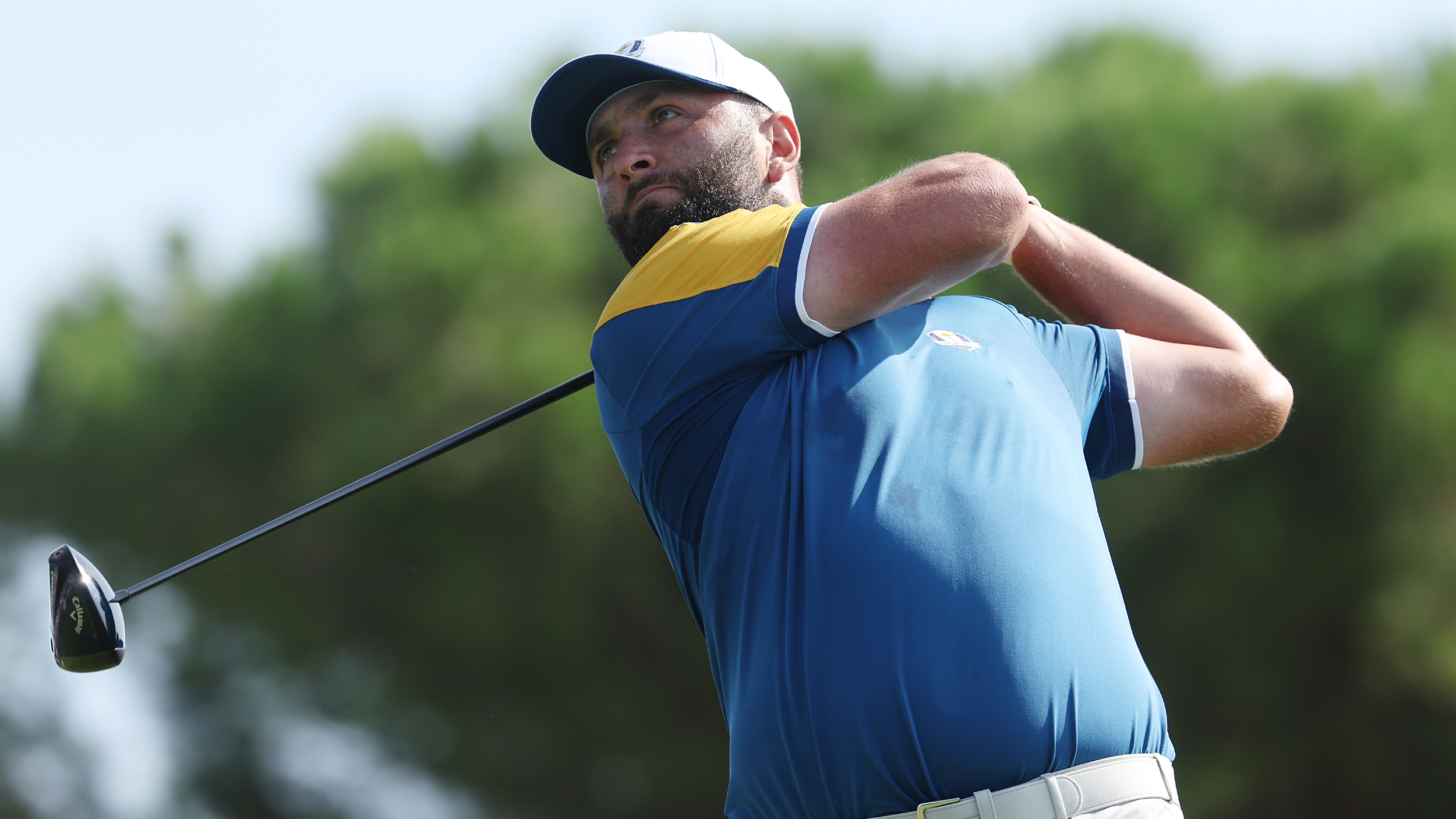

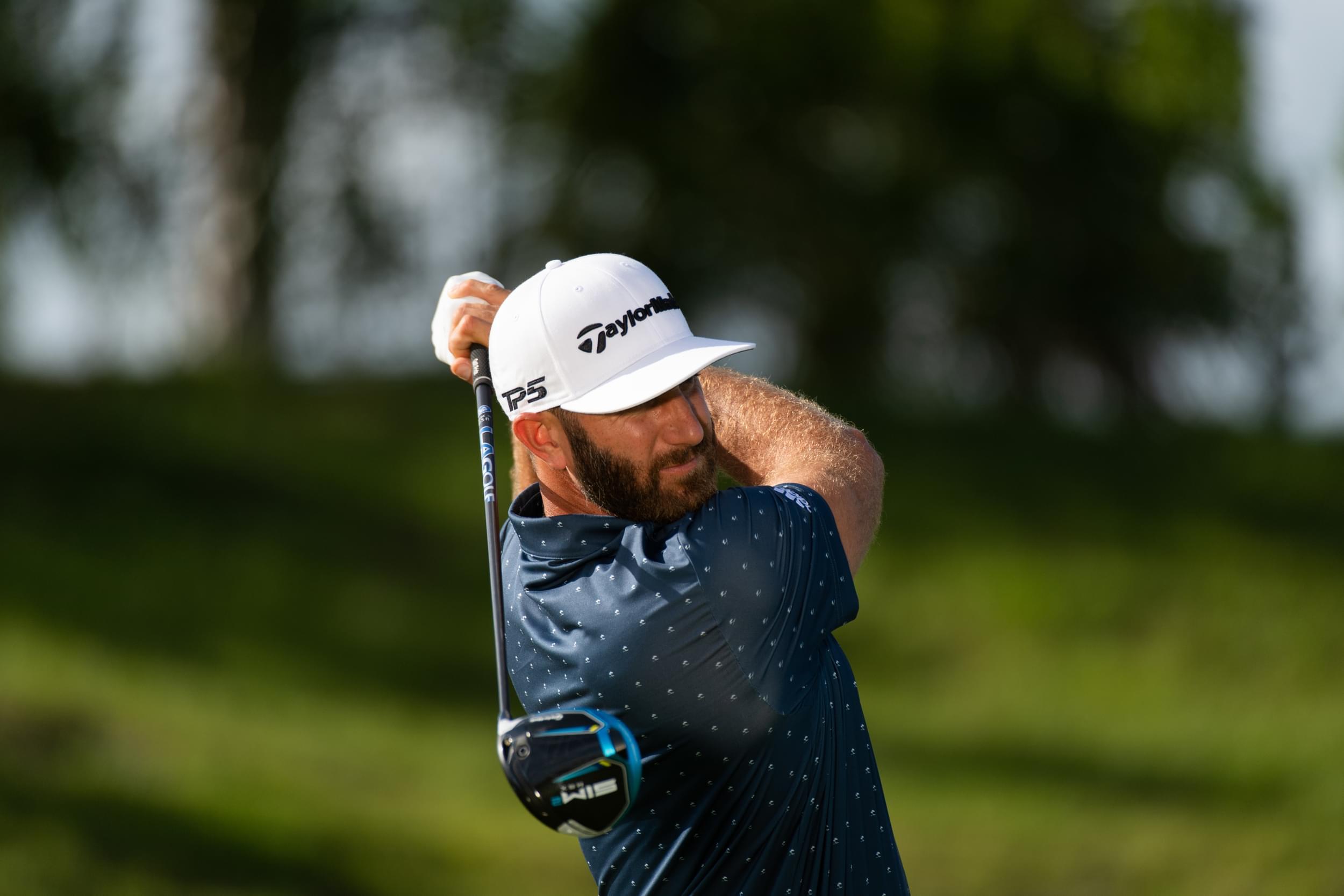
It could be food for thought however, if your home course features a number of opposing dog leg tee shots that would benefit from a driver shot matching the hole shape, there is nothing in the rules stopping you carrying both a fade bias driver and a draw bias driver.
As someone who plays a lot of golf on windy seaside links courses, even the concept of carrying both an into wind and a downwind driver has occurred to me! I can often get myself in trouble when I am trying to knock the ball flight of my driver down into a strong headwind by making alterations like gripping down, swinging slower and numerous other thoughts… Am I just making things far too difficult for myself when adding a less lofted driver with a low launch and spin shaft profile could take care of it for me?!
The concept of specialist clubs for particular situations can be expanded even further still. I once conducted a custom fitting for a single digit handicapper who wanted a club built specifically to help extricate himself from the dense heather that lined the fairways of his home course. We eventually created a scythe-like option whereby we ground all of the bounce off the sole (actually creating negative bounce) of an old 8 iron he owned, and sharpened the leading edge to the point you could almost cut your finger on it! He used this very successfully as a specialist tool to chop his way through the heather easily and get his ball back into play.
Maybe I have just got too much time on my hands, or maybe I am on to something…

Joe has worked in the golf industry for nearly 20 years in a variety of roles. After a successful amateur career being involved in England squads at every age group, Joe completed his PGA degree qualification in 2014 as one of the top ten graduates in his training year and subsequently went on to become Head PGA Professional at Ryder Cup venue The Celtic Manor Resort. Equipment has always been a huge passion of Joe’s, and during his time at Celtic Manor, he headed up the National Fitting Centres for both Titleist and Taylormade. He’s excited to bring his knowledge of hardware to Golf Monthly in the form of equipment reviews and buying advice.
Joe lives in North Devon and still plays sporadically on the PGA West region circuit. His best round in recent years came earlier in 2023 where he managed a 9 under par 63 at Trevose GC in a Devon & Cornwall PGA Tournament.
Joe's current What's In The Bag?
Driver: Switch between TaylorMade Qi35 and Callaway Elyte TD - both with Fujikura Ventus Black 6-X
Fairway wood 1: TaylorMade BRNR Copper Mini Driver - Fujikura Ventus Black 7-X
Fairway wood 2: Callaway Apex UW 17˚- Fujikura Ventus Black 9-X
Irons: TaylorMade P7CB 3-PW with Dynamic Gold Tour Issue X100 shafts
Wedges: Callaway Opus 50, 54, and 60 degrees - Project X LS 6.0 shafts
Putter: LAB Golf Oz.1 (zero shaft lean)
Ball: TaylorMade 2024 TP5x
Grips: Golf Pride Tour Velvet 60R
Bag: Vessel Player IV Pro DXR Stand
-
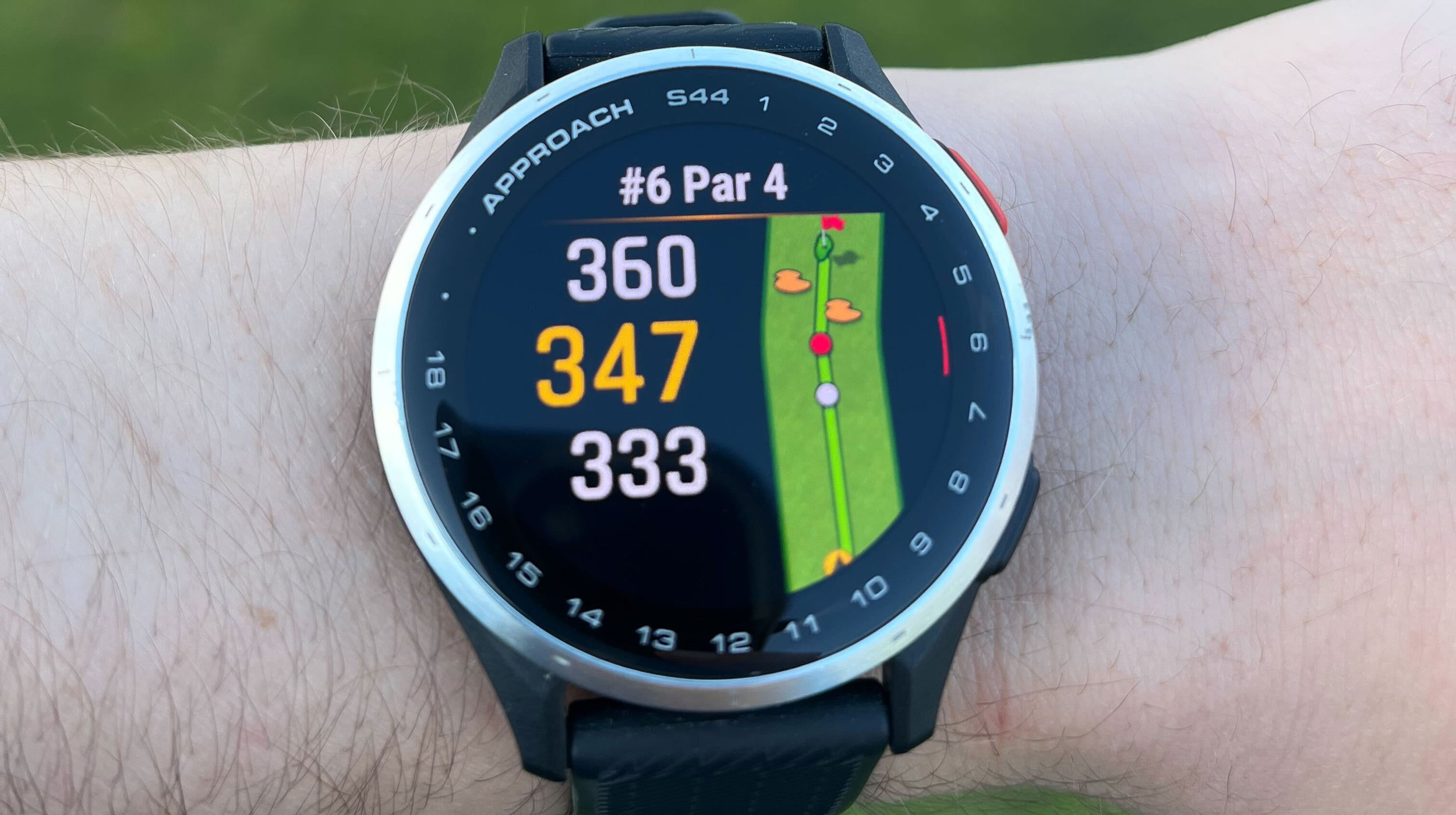 Garmin Approach S44 Golf Watch Review
Garmin Approach S44 Golf Watch ReviewHow does the latest installment in Garmin's golf smartwatch range perform both on and off the golf course?
By Conor Keenan
-
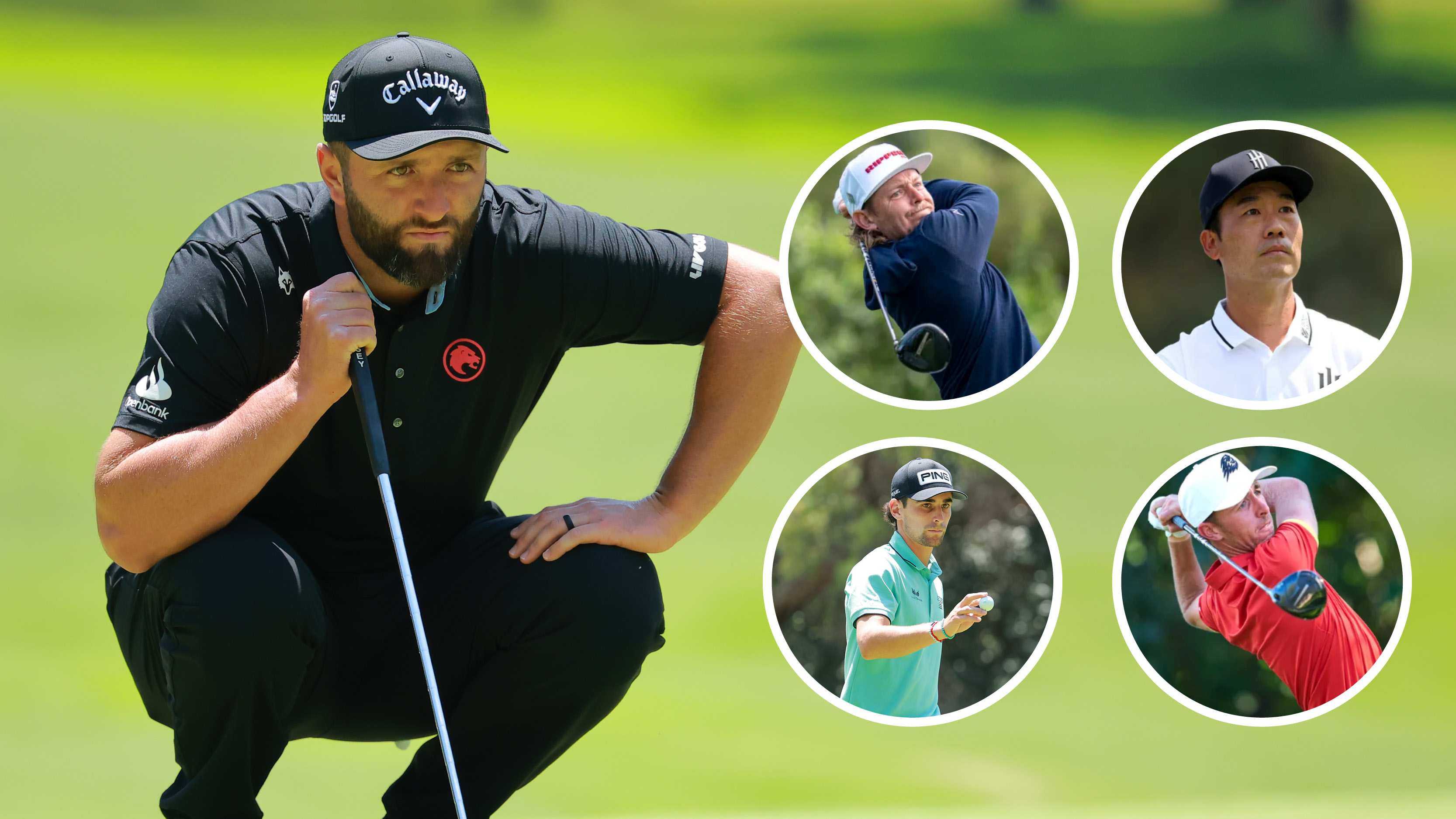 LIV Golf Korea 2025 Picks, Odds And Predictions
LIV Golf Korea 2025 Picks, Odds And PredictionsAs the LIV Golf League arrives in Korea for the first time, check out the odds for the leading players and our picks to win this week
By Jonny Leighfield
-
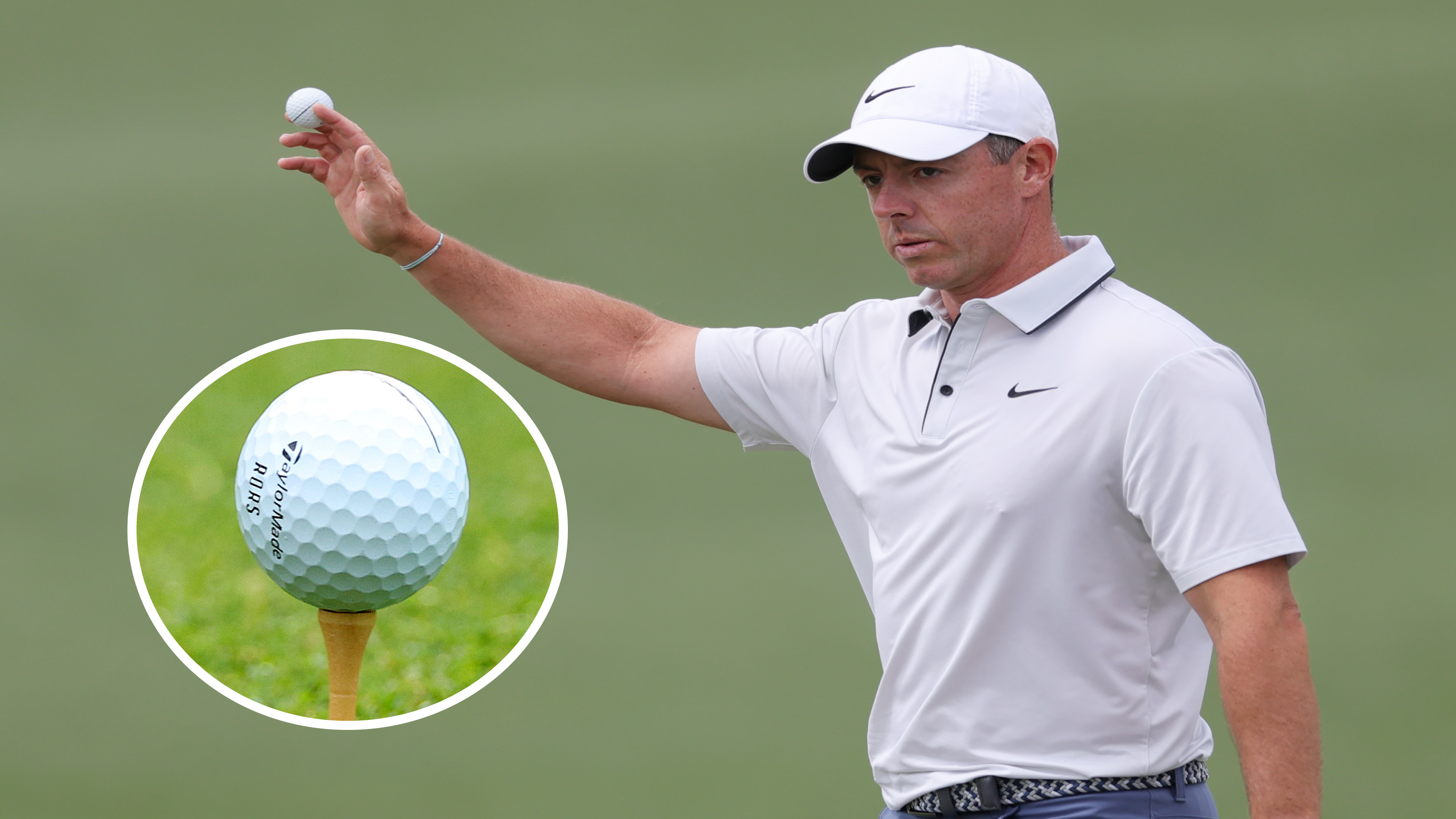 Could This 'Stumbled Upon' Equipment Switch Finally Land Rory McIlroy the Grand Slam?
Could This 'Stumbled Upon' Equipment Switch Finally Land Rory McIlroy the Grand Slam?Rory McIlroy made a golf ball change earlier this season that has reignited his wedge play and it could be about to pay off in the most dramatic possible way…
By Joe Ferguson
-
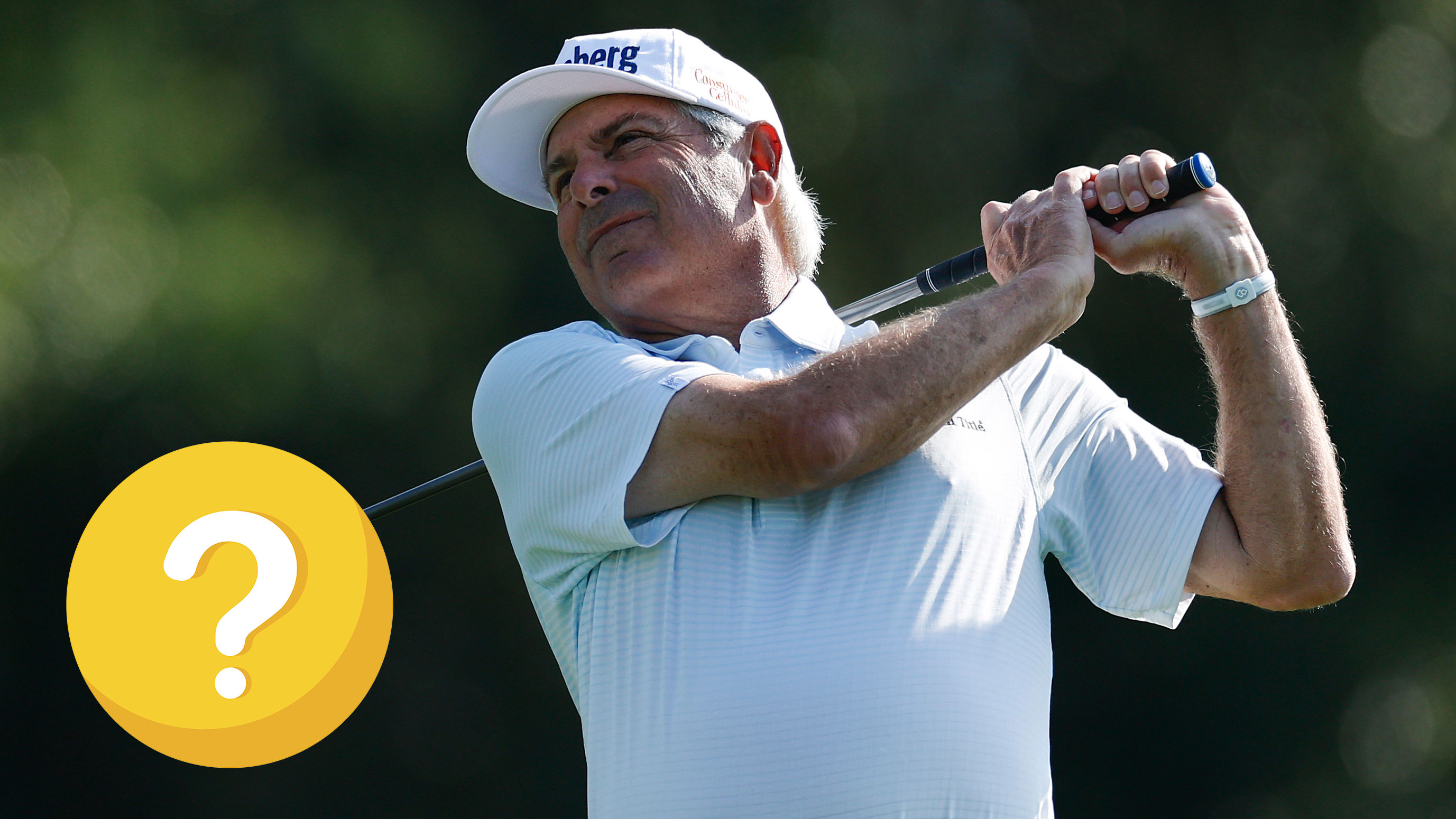 Real Players Use Long Irons, Right? Well, Fred Couples Nearly Made The Cut At The Masters At 65 Years Old, And His Longest Iron Is A…
Real Players Use Long Irons, Right? Well, Fred Couples Nearly Made The Cut At The Masters At 65 Years Old, And His Longest Iron Is A…Both Couples and Bernhard Langer turned back the clock brilliantly over the first two days at Augusta National and did so with some interesting bag setups.
By Joe Ferguson
-
 I Built Tiger Woods’ 2019 Masters Winning Bag From The Second-Hand Market!
I Built Tiger Woods’ 2019 Masters Winning Bag From The Second-Hand Market!PGA Professional Joe Ferguson has been taking a deep dive into Tiger’s bag for arguably the greatest victory of his career…
By Joe Ferguson
-
 How Titleist 'Used Every Tool In The Toolbox' To Enhance The New Pro V1 And Pro V1x Golf Balls
How Titleist 'Used Every Tool In The Toolbox' To Enhance The New Pro V1 And Pro V1x Golf BallsAfter months of testing and tour validation the new Titleist Pro V1 and Pro V1x golf balls are set to launch, but what's new? We explain all
By Sam De'Ath
-
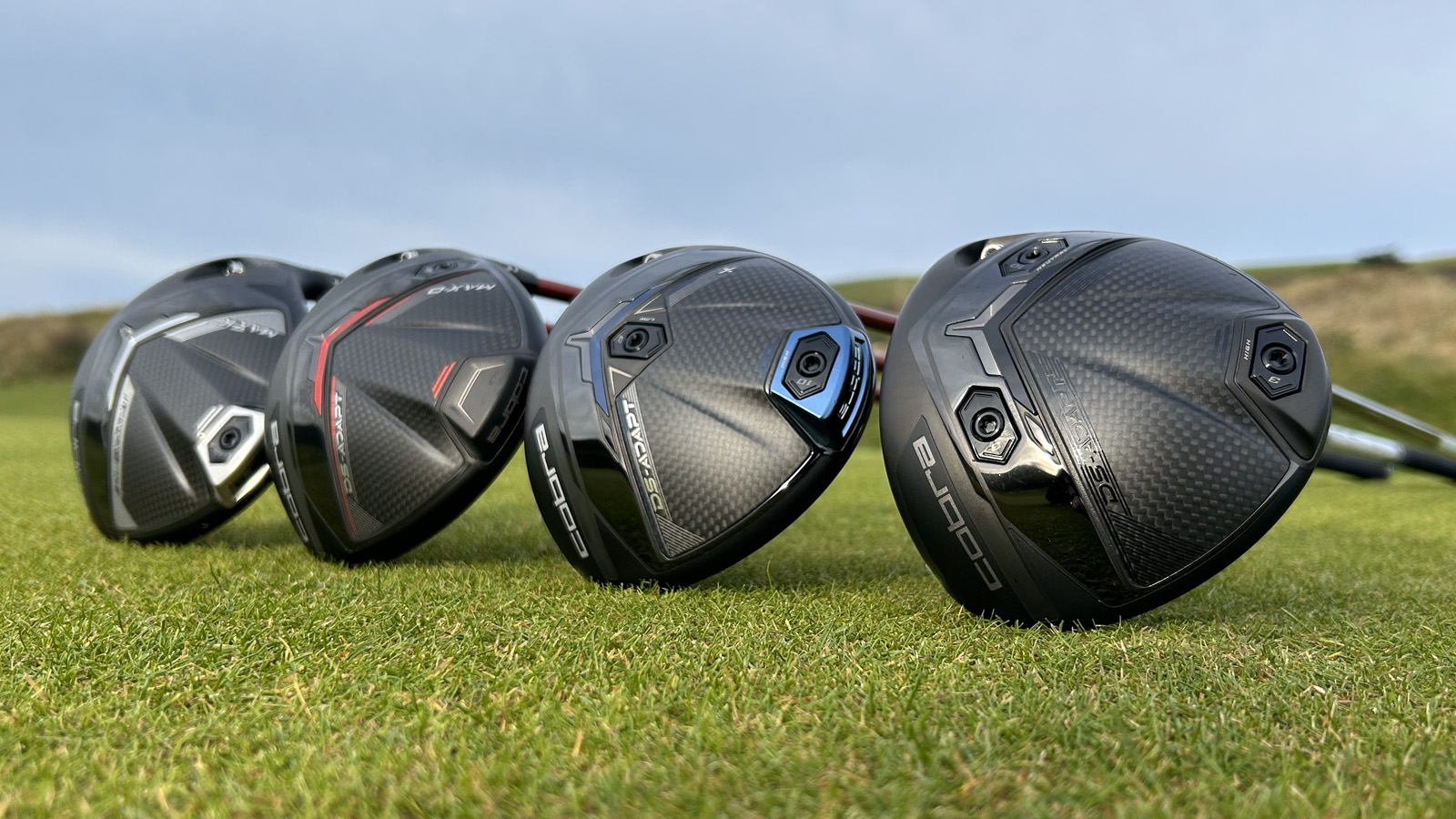 How The New Cobra DS-ADAPT Range Looks To Have Changed Driver Fitting Forever
How The New Cobra DS-ADAPT Range Looks To Have Changed Driver Fitting ForeverWith a revolutionary hosel design and refined aerodynamics, the Cobra DS-ADAPT may just become the standout driver in 2025
By Sam De'Ath
-
 £39 Vs £169 Wedge Test... Surprising Results!
£39 Vs £169 Wedge Test... Surprising Results!In his latest Retro Review, Joe Ferguson sees if the original Vokey wedge picked up for just £39 can compete with the modern equivalent four times the price
By Joe Ferguson
-
 7 Useful Golf Rangefinder Features You Never Knew About
7 Useful Golf Rangefinder Features You Never Knew AboutThink you know everything a rangefinder can do? Think again. We've got seven of the best features currently available on the best modern rangefinders
By Dan Parker
-
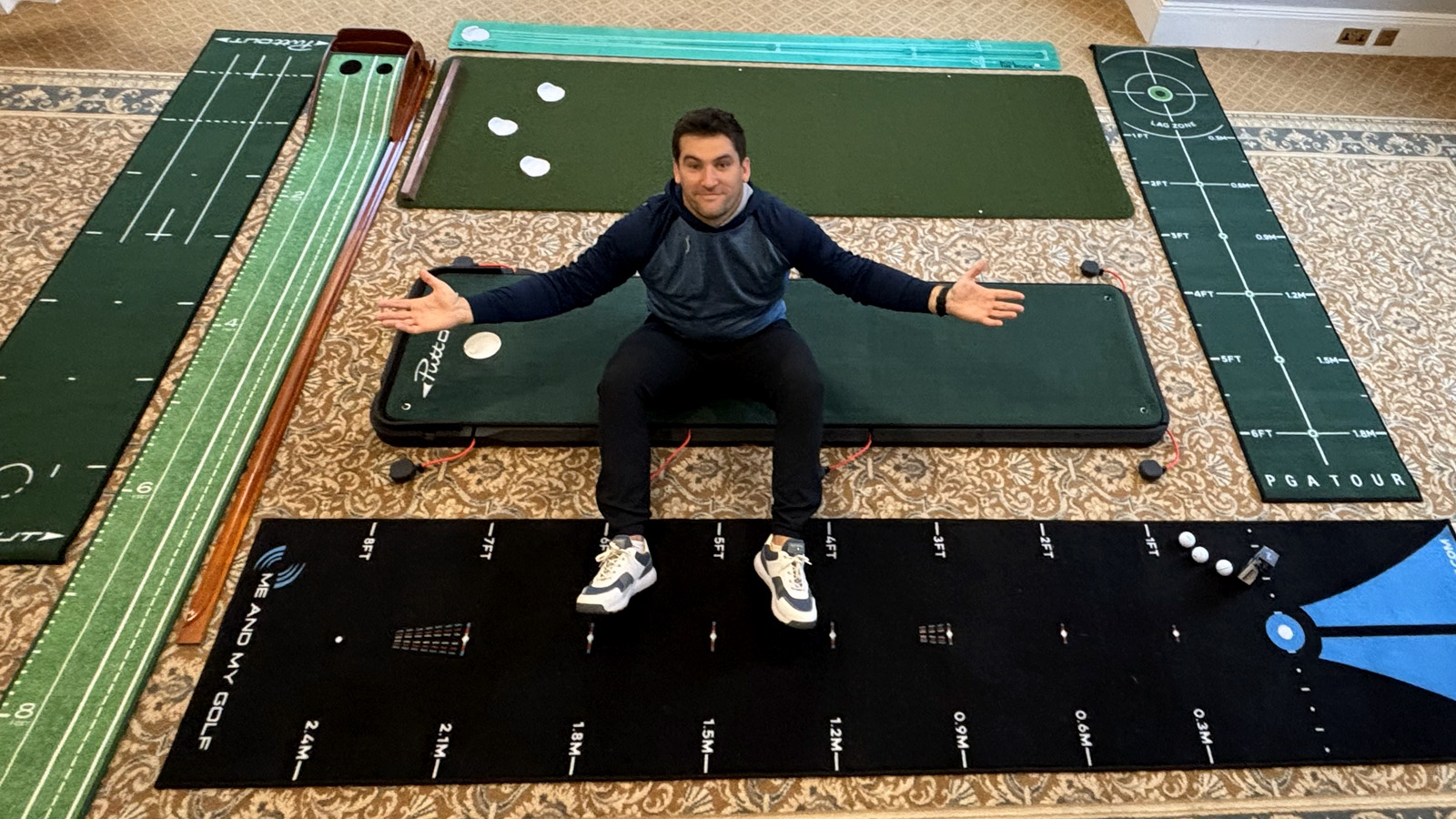 Do Putting Mats Help Improve Your Putting?
Do Putting Mats Help Improve Your Putting?Former professional golfer Sam De’Ath sheds light on whether or not a home putting mat can help improve your performance on the greens
By Sam De'Ath